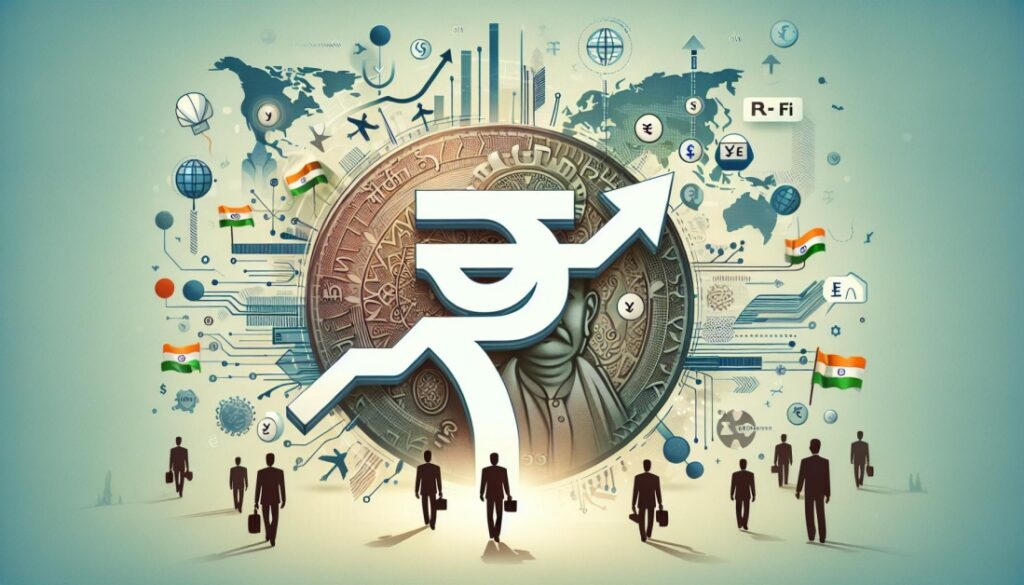The Tortoise and the Hare of Payments

The Tortoise and the Hare of Payments
The Tortoise and the Hare of Payments
16:00 GMT By: Pedro Ferreira
Why is the US slowing down while the rest of the world speeds up?
Instant payments
The US has long been a leader in the world of payments. The US is the undisputed financial power, a giant striding across the global economic stage. In the seemingly mundane world of payments lies a surprisingly complex system. It is a strange sight. Once a leader in financial innovation, the US is now lagging behind. The slow, tortoise-like pace of the pack is becoming increasingly apparent. Nimble hares.
That is an unlikely scenario. Real-time payments, the ability to receive and send money in real time, is a major factor. The money is available instantly. A recent study by ACI found that while countries such as India and China have adopted these systems, they are far behind in processing billions of payments. By 2023, only 1.5% of US payments were made in real-time, but the amount was small compared to the global payment average.
The report highlights five key drivers for thriving real-time payment ecosystems
1. Active collaboration: Successful markets are characterized by strong collaboration between financial institutions, central banks and even governments. This creates a unified front for building and using a robust system.
2. Consumers are key to a strong merchant incentive. A strong incentive is not enough. Encouraging merchants to accept real-time payments is crucial. India’s example of eliminating merchant fees and issuing QR codes for easy adoption is one example.
3. The report highlights the importance of open and inclusive ecosystems. Fintechs are playing an increasingly large role in driving real-time payments. The US financial sector needs to take a more collaborative and open approach. Partnering with these players will help you expand your reach and increase transaction volume.
4. Constant stream of user-friendly use cases: Real-time payments thrive when there is a constant stream of user-friendly use cases: Real-time payments thrive when there is a constant stream of user-friendly applications. The report cites examples such as paying bills and seamless integration into everyday life. The report cites examples such as paying utility bills, fares and subscriptions, and groceries. A quick scan of QR codes or a tap of a mobile application can make this possible. The US needs to encourage similar innovations to drive real-time adoption beyond niche markets.
5. Payments will be global in the future. It is possible to send and receive money instantly across borders. Game-changer. India is leading the way with its UPI. A system that enables real-time payments in multiple countries. The US has its own interoperable real-time payment systems with major trading partners.
What does this mean? The slow adoption in the US is particularly notable in this context. The inherent advantages that the US has. The US has a robust banking system and is widely accessible. All the ingredients for a successful, tech-savvy society are there: Internet access and a population with a high level of technological knowledge. The real-time payments revolution seems to be here. What’s stopping the U.S. from coming back?
Part of the blame lies with a legacy system.
The current payments infrastructure is an old, clunky relic. Transactions and payments can take up to a week to clear. This is a slow world compared to the one we live in now. This slowness creates friction – a frustration for consumers and businesses alike, who are forced to wait. Money.
The U.S. financial sector is slow to adapt. Like some of its international counterparts, the financial sector has been slow to adapt. Banks have not embraced real-time payments as readily as their counterparts. Payments. The costs associated with implementing new infrastructure have created a sense of urgency. Inertia.
Change is needed. Movement. FedNow will launch in 2023, an instant payments service from the Federal Reserve that marks a turning point. Adoption of FedNow is still low. A crucial step towards a more efficient payments system. This could be a step towards a more efficient payments system. New infrastructure will encourage innovation and convince banks to get involved.
There are compelling reasons to consider a wider range of alternatives. Why they should
The benefits of real-time payments are numerous. It means faster access to money and more convenience for consumers. Imagine splitting the bill at a restaurant with your friends. Transaction fees. Faster transaction times are beneficial for businesses. Settlements, improved cash management and the potential to tap into new sources of funding. Customers who rely on instant access to money.
Furthermore, real-time payments have the potential to transform entire industries. The gig economy is a good example. Instant bank transfers are a key to the success of this business. Instant for their services. Real-time payments are also possible. Eliminate late fees, streamline payments and revolutionize the way we pay our bills. Financial management.
Potential impacts The global economy is moving beyond national borders. Globalization is transforming the economy. Connectivity means the ability to receive and send money internationally. Real-time border monitoring will be essential. Here, too, the US risks falling behind if it does not modernize its payment infrastructure.
This is good news! There are signs of progress.
Slow but steady growth in real-time transactions in the US indicates a growing understanding of the benefits of these systems. Companies are also becoming more vocal about their needs. Payment solutions that are faster and more efficient. This pressure goes hand in hand with the ongoing development of FedNow, which could be the catalyst for a real paradigm shift.
The race for real-time payment supremacy has begun. The US is starting from behind. The growing momentum and inherent strengths of this team suggest that it is not out of the race yet. The question is whether the American financial sector will shed its tortoise tendencies. Will the payments industry continue to overtake the current system? Are financial markets as nimble as hares? Only time will tell.



